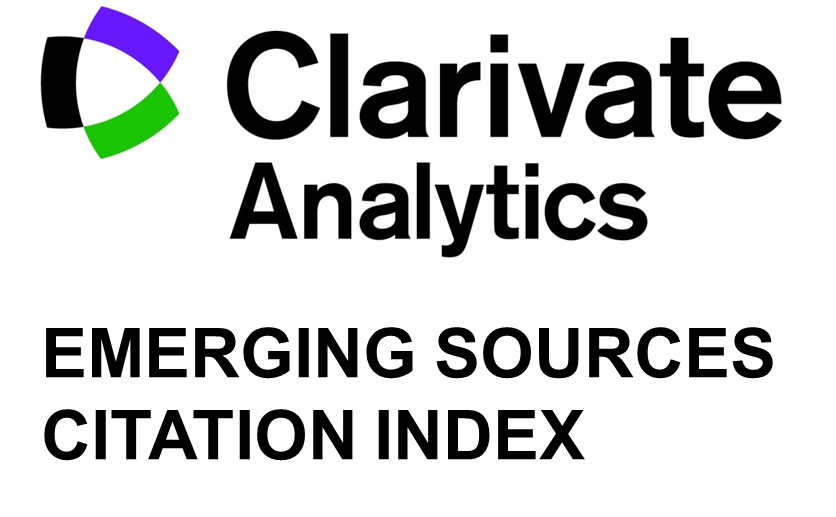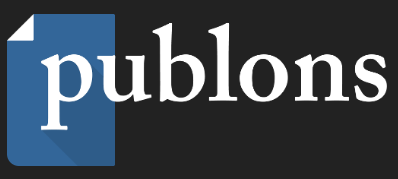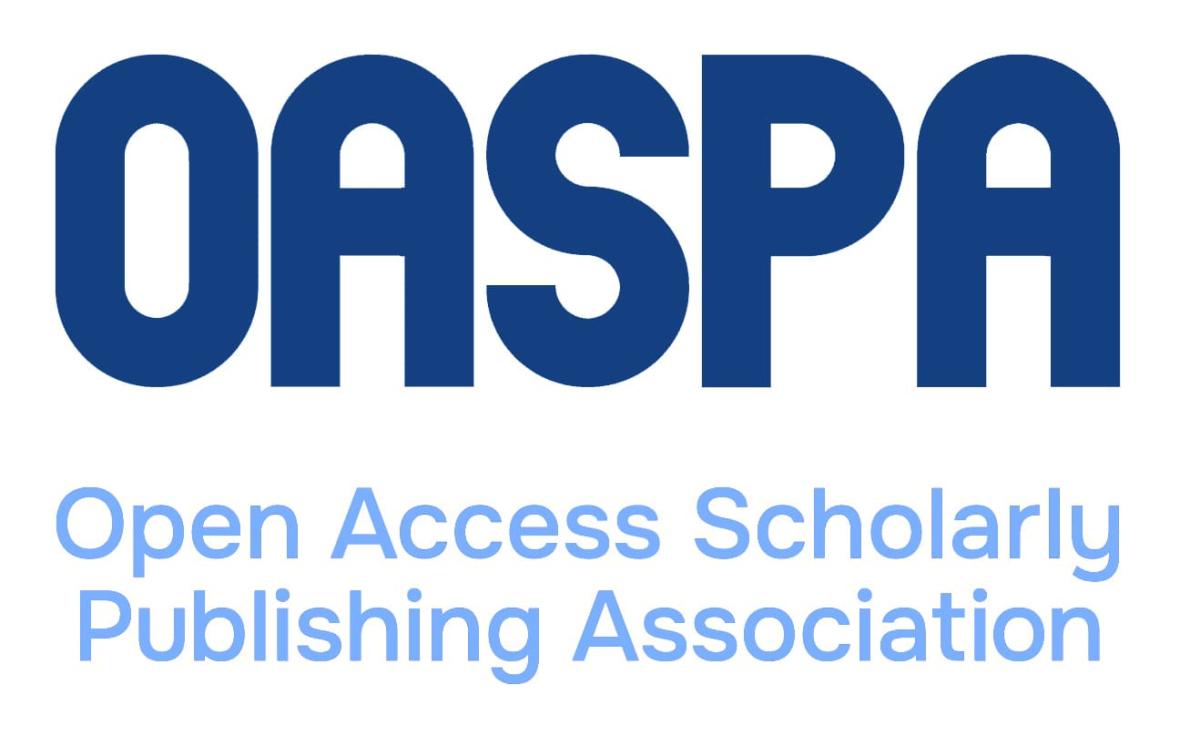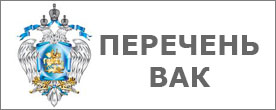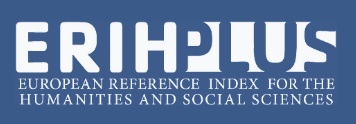А. S. Mikhaylov, M. M. Filatov, A. A. Mikhaylova. Global Race for Scientific Leadership and the Place of Russia: Results of Scientometric Assessment
https://doi.org/10.15507/2413-1407.033.202501.010-032
EDN: https://elibrary.ru/azqycc
УДК / UDC 001.18(470+571)
Abstract
Introduction. The global scientific landscape has changed over the past 30 years. Geopolitical shifts of recent decades have contributed to the formation of new growth poles. The objective of the study is to assess the global geography of scientific knowledge growth as a marker of scientific leadership and determination of Russia’s place.
Materials and Methods. The study is based on the spatial scientometrics approach using data from the Scopus international abstract database. This made it possible to conduct a spatio-temporal analysis of the distribution of scientific publications for geographic regions of different levels (from 1990 to November 2024). A total of 247 countries and territories were taken into account.
Results. It is shown that the greatest contribution to the global indicators of the number of scientific publications was made by four mesoregions – North America, East Asia, Western and Northern Europe. It was determined that the European and American scientific systems significantly surpass the Asian one in terms of productivity. Urbanization has become a competitive factor on a macro-regional scale for the intensification of scientific activity. After 2010, a transition to a polycentric structure of the global scientific system was revealed with the formation of three most influential centers of scientific knowledge growth: European, Asian and American. First of all, China became stronger. Russia’s average annual contribution to the global publication volume is comparable to Africa. However, after 2022, a decline in publication activity was noted, which is associated with geopolitical turbulence.
Discussion and Conclusion. It is expected that the preservation of the international scientific influence of the Russian Federation is associated with the development of scientific and technical cooperation with friendly countries (primarily China as a new world leader in science). The applied value of the study lies in the possibility of using the obtained results in the field of assessment and management of science. The article provides a solid scientific ground for understanding the spatial patterns of concentration of the world scientific potential and creates a basis for forecasting the geographical trajectories of its development. This article will be useful for specialists in the field of geography of knowledge, spatial scientometrics and regional economics.
Keywords: geography of science, geography of knowledge, spatial scientometrics, scientometric analysis of publication activity, publication productivity, international scientific and technical cooperation, Russia, China, USA
Conflict of interest. The authors declare no conflict of interest.
Funding. The article was published within the framework of the RNF project № 23-27-00149 “Eurasian vector of partnership in the mirror of interregional cooperation between Russia and India in the field of science, technology and innovation”.
For citation: Mikhaylov A.S., Filatov M.M., Mikhaylova A.A. Global Race for Scientific Leadership and the Place of Russia: Results of Scientometric Assessment. Russian Journal of Regional Studies. 2025;33(1):10–32. https://doi.org/10.15507/2413-1407.130.033.202501.010-032
REFERENCES
1. Balsalobre-Lorente D., Zeraibi A., Shehzad K., Cantos-Cantos J.M. Taxes, R&D Expenditures, and Open Innovation: Analyzing OECD Countries. Journal of Open Innovation: Technology, Market, and Complexity. 2021;7(1):36. https://doi.org/10.3390/joitmc7010036
2. Dobrzański P., Bobowski S., Chrysostome E., Velinov E., Strouhal J. Toward Innovation-Driven Competitiveness Across African Countries: An Analysis of Efficiency of R&D Expenditures. Journal of Competitiveness. 2021;13(1):5‒22. https://doi.org/10.7441/joc.2021.01.01
3. Dmitriev S.G., Obidovskaya N.N., Sevryukova S.V. The Correlation Analysis of Government Spending on R&D and the Country’s Economic Development. Innovations and Investments, 2020;(11):264–268. (In Russ., abstract in Eng.) https://doi.org/10.24411/2307-180X-2020-00050
4. Kaneva M.A., Untura G.A. The Relationship between R&D, Knowledge Spillovers and Dynamics of Economic Growth of the Russian Regions. Region: Economics & Sociology. 2017;(1):78–100. (In Russ., abstract in Eng.) Available at: https://www.researchgate.net/publication/315117702_Vzaimosvaz_NIOKR_pere... (accessed 20.12.2024).
5. Stroev V.V. Assessment of Investments in Education Impact on the Russian Regional Economic Stability. Vestnik universiteta. 2024;(2):133–141. (In Russ., abstract in Eng.) https://doi.org/10.26425/1816-4277-2024-2-133-141
6. Pirozhkova S.V. Scientific Leadership and the Position of the Early Career Scientist in the Social Hierarchy of Research Teams. The Digital Scholar: Philosopher’s Lab. 2021;4(3):66–81. (In Russ., abstract in Eng.) https://doi.org/10.32326/2618-9267-2021-4-3-66-81
7. Ruban D.A. The Quality of Scientific Potential as a Factor of “Soft Power” Success. Proceedings of Voronezh State University. Series: History. Political science. Sociology. 2022;(2):86–89. (In Russ., abstract in Eng.) Available at: http://www.vestnik.vsu.ru/pdf/history/2022/02/2022-02-14.pdf (accessed 20.12.2024).
8. Krishnan R.T., Prashantham S. Innovation in and from India: The Who, Where, What, and When. Global Strategy Journal. 2018;9(3):357–377. https://doi.org/10.1002/gsj.1207
9. Kopteva L.A., Igishev A.V., Sbitnev N.A. Ensuring of the Technological Sovereignty of the Russian Federation: Realities and New Opportunities. ETAP: Economic Theory, Analysis, and Practice. 2024;(5):26‒46. (In Russ., abstract in Eng.) https://doi.org/10.24412/2071-6435-2024-5-26-46
10. Shoorcheh M. When we put Spatial Causalities First in Production of Scientific Knowledge: Notes on the Geography of Science. Universal Journal of Social Sciences and Humanities. 2021;1(1):18–21. https://doi.org/10.31586/ujssh.2021.010103
11. Shoorcheh M. Spatial Causalities in Geographies of Scientific Knowledge. European Journal of Geography. 2021;12(3):130–145. https://doi.org/10.48088/ejg.m.sho.12.3.129.145
12. Bornmann L., Waltman L. The Detection of Hot Regions in the Geography of Science-A Visualization Approach by Using Density Maps. Journal of Informetrics. 2011;5(4):547–553. https://doi.org/10.1016/j.joi.2011.04.006
13. Csomós G. A Spatial Scientometric Analysis of the Publication Output of Cities Worldwide. Journal of Informetrics. 2018;12(2):547‒566. https://doi.org/10.1016/j.joi.2018.05.003
14. Elango B., Oh D.-G. Scientific Productivity of Leading Countries. International Journal of Information Science and Management. 2022;20(2):127–143. Available at: https://ijism.isc.ac/article_698383.html (accessed 20.12.2024).
15. Uddin A., Singh V.K. Measuring Research Output and Collaboration in South Asian Countries. Current Science. 2014;107(1):31–38. Available at: https://www.researchgate.net/publication/266160151_Measuring_research_ou... (accessed 20.12.2024).
16. Nguyen T.V., Pham L.T. Scientific Output and its Relationship to Knowledge Economy: An Analysis of ASEAN Countries. Scientometrics. 2011;89:107–117. https://doi.org/10.1007/s11192-011-0446-2
17. Kutlača D., Babić D., Živković L., Štrbac B. Analysis of Quantitative and Qualitative Indicators of SEE Countries Scientific Output. Scientometrics. 2015;102:247–265. https://doi.org/10.1007/s11192-014-1290-y
18. Waast R., Rossi P.L. Scientific Production in Arab Countries: A Bibliometric Perspective. Science, Technology & Society. 2010;15(2):339‒370. https://doi.org/10.1177/097172181001500207
19. Pouris A. A Scientometric Assessment of the Southern Africa Development Community: Science in the Tip of Africa. Scientometrics. 2010;85:145–154. https://doi.org/10.1007/s11192-010-0260-2
20. Kumar N., Asheulova N. Comparative Analysis of Scientific Output of BRIC Countries. Annals of Library and Information Studies. 2011;58(3):228‒236. Available at: https://ihst.nw.ru/Files/User/Asheulova/Asheulova_Kumar_ALIS.pdf (accessed 20.12.2024).
21. Barrios C., Flores E., Martínez M.Á., Ruiz-Martínez M. Are the Major Knowledge-Producing Countries Converging in Science and Technology Capabilities? Journal of the Knowledge Economy. 2023;14(4):4534–4560. https://doi.org/10.1007/s13132-022-01075-x
22. Maisonobe M., Grossetti M., Milard B., Jégou L., Eckert D. The Global Geography of Scientific Visibility: A Deconcentration Process (1999–2011). Scientometrics. 2017;113:479–493. https://doi.org/10.1007/s11192-017-2463-2
23. Leydesdorff L., Wagner C.S., Bornmann L. The European Union, China, and the United States in the Top-1% and Top-10% Layers of Most-Frequently Cited Publications: Competition and Collaborations. Journal of Informetrics. 2014;8(3):606‒617. https://doi.org/10.1016/j.joi.2014.05.002
24. Marginson S. What Drives Global Science? The Four Competing Narratives. Studies in Higher Education. 2021;47(8):1566–1584. https://doi.org/10.1080/03075079.2021.1942822
25. Swianiewicz P., Niedziółka M. Geography of Knowledge Production in European Urban Studies. Studia Litteraria et Historica. 2023;12:1–19. https://doi.org/10.11649/slh.2984
26. Di Césare V., Robinson García N. What is Local Research? Towards a Multidimensional Framework Linking Theory and Methods. Preprint. Zenodo. 2024. https://doi.org/10.5281/zenodo.14033473
27. Aloi M., Poyago-Theotoky J., Tournemaine F. The Geography of Knowledge and R&D-led Growth. Journal of Economic Geography. 2022;22:1149–1190. https://doi.org/10.1093/jeg/lbab019
28. Patelli A., Napolitano L., Cimini G., Gabrielli A. Geography of Science: Competitiveness and Inequality. Journal of Informetrics. 2023;17(1):101357. https://doi.org/10.1016/j.joi.2022.101357
29. Abramo G., D’Angelo C.A., Di Costa F. USA vs Russia in the Scientific Arena. PLoS ONE. 2023;18(7):e0288152. https://doi.org/10.1371/journal.pone.0288152
30. Marginson S. What Drives Global Science? The Four Competing Narratives. Studies in Higher Education. 2022;47(8):1566–1584. https://doi.org/10.1080/03075079.2021.1942822
31. Abramo G., D’Angelo C.A. The Scientific Standing of Nations and Its Relationship with Economic Competitiveness. PLoS ONE. 2024;19(6):e0304299. https://doi.org/10.1371/journal.pone.0304299
32. Andersson D.E., Andersson Å.E., Hårsman B., Yang X. The Geography of Science in 12 European Countries: A NUTS2-Level Analysis. Scientometrics. 2020;(124):1099–1125. https://doi.org/10.1007/s11192-020-03510-9
33. Gui Q., Du D., Liu C. The Changing Geography of Scientific Knowledge Production: Evidence from the Metropolitan Area Level. Applied Spatial Analysis and Policy. 2023;17:157–174. https://doi.org/10.1007/s12061-023-09525-y
34. Csomós G., Lengyel B. Mapping the Efficiency of International Scientific Collaboration between Cities Worldwide. Journal of Information Science. 2020;46(4):575–578. https://doi.org/10.1177/0165551519842128
35. Frenken K., Hardeman S., Hoekman J. Spatial Scientometrics: Towards a Cumulative Research Program. Journal of Informetrics. 2009;3(3):222–232. https://doi.org/10.1016/j.joi.2009.03.005
36. Peker I.Yu. Methods of Spatial Scientometrics in the Study of Countries and Regions. IKBFU’s Vestnik. Series: Natural and Medical Sciences. 2019;(1):17–27. (In Russ., abstract in Eng.) Available at: https://cyberleninka.ru/article/n/primenenie-metodov-prostranstvennoy-na... (accessed 20.12.2024).
37. Lazarev V.S. Bibliometrics, Scientometrics and Informetrics. Part 3. Object (Ending). Science Management: Theory and Practice. 2021;3(2):99‒136. (In Russ., abstract in Eng.) https://doi.org/10.19181/smtp.2021.3.2.5
38. Gagarina G.Y., Bolotov R.O. Valuatio of Inequality in the Russian Federation and its Decomposition Using the Theil Index. Federalism. 2021;26(4):20–34. (In Russ., abstract in Eng.) https://doi.org/10.21686/2073-1051-2021-4-20-34
39. Savchenko I., Kosyakov D. Lost in Affiliation: Apatride Publications in International Databases. Scientometrics. 2022;127(6):3471–3487. https://doi.org/10.1007/s11192-022-04392-9
40. Mikhaylov A.S., Kuznetsova T.Yu., Peker I.Yu. Methods of Spatial Scientometrics in Assessing the Heterogeneity of the Innovation Space of Russia. Perspectives of Science and Education. 2019;41(5):549–563. (In Russ., abstract in Eng.) https://doi.org/10.32744/pse.2019.5.39
About the authors:
Andrey S. Mikhaylov, Cand.Sci. (Geogr.), Head of the Laboratory of Geography of Innovations at the Immanuel Kant Baltic Federal University (14 A. Nevskogo St., Kaliningrad 236014, Russian Federation), Senior Researcher at the Center for Geopolitical Studies, Institute of Geography of the Russian Academy of Sciences (29 Staromonetnyi Pereulok, Moscow 119017, Russian Federation), ORCID: https://orcid.org/0000-0002-5155-2628, Researcher ID: B-8451-2015, Scopus ID: 57214075325, SPIN-code: 7020-5538, mikhailov.andrey@yahoo.com
Maxim M. Filatov, Expert of SIBUR Digital LLC (16 Krzhizhanovskogo St., Moscow 117997, Russian Federation), ORCID: https://orcid.org/0009-0001-3374-6090, Researcher ID: JWA-0495-2024, Scopus ID: 58916825400, SPIN-code: 4602-0556, filatovmm@sibur.ru
Anna A. Mikhaylova, Cand.Sci. (Geogr.), Senior Researcher at the Institute of Geopolitical and Regional Studies of the Immanuel Kant Baltic Federal University (14 A. Nevskogo St., Kaliningrad 236014, Russian Federation), ORCID: https://orcid.org/0000-0002-6807-6074, Researcher ID: P-6443-2015, Scopus ID: 57207943693, SPIN-code: 5098-5551, tikhonova.1989@mail.ru
Contribution of the authors:
A. S. Mikhaylov – formulation of the scientific problem and hypothesis of the study; determination of the research methodology; collection, processing and interpretation of the obtained results; preparation of the text of the article.
M. M. Filatov – determination of the research methodology; preparation, collection and primary analysis of data.
A. A. Mikhaylova – collection, processing and interpretation of the obtained results; preparation of the text of the article.
Availability of data and materials. The datasets used and/or analyzed during the current study are available from the authors on reasonable request.
The authors have read and approved the final manuscript.
Submitted 26.11.2024; revised 05.02.2025; accepted 14.02.2025.

All the materials of the "REGIONOLOGY" journal are available under Creative Commons «Attribution» 4.0



